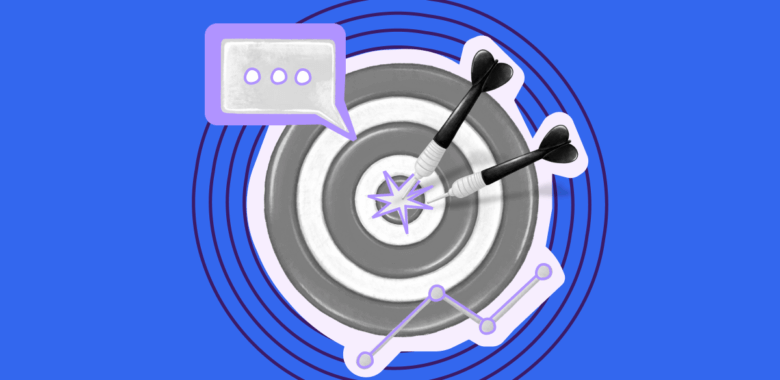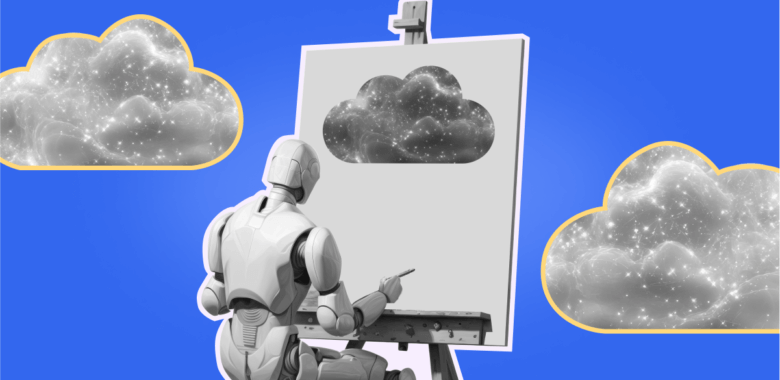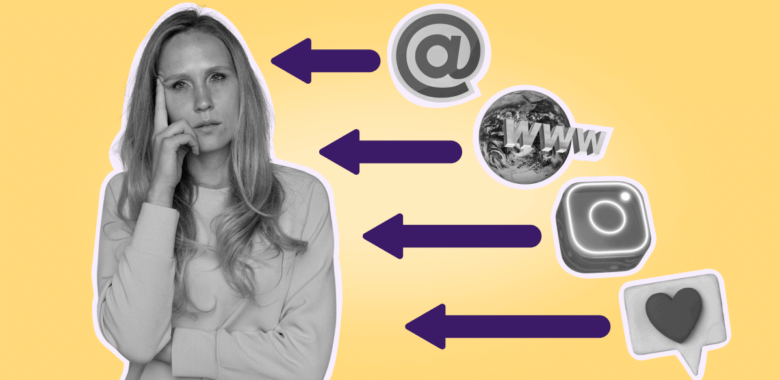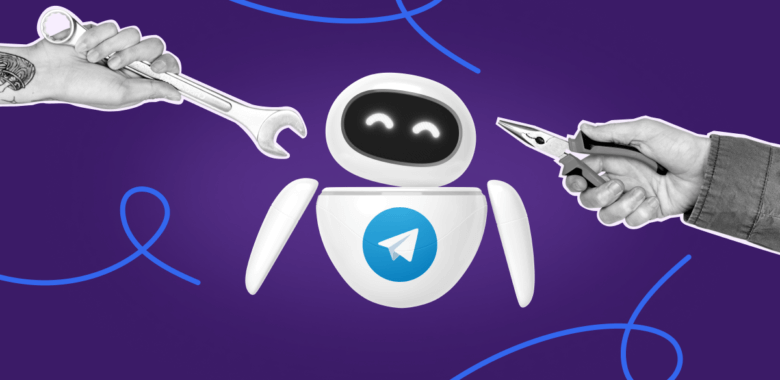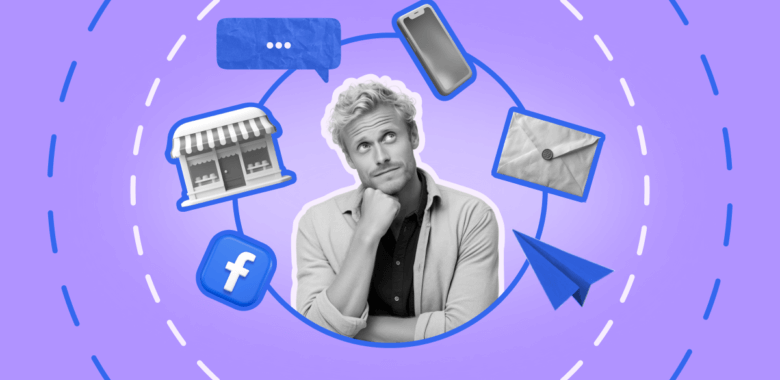Effective email marketing strategies for better results
These were all the basics of creating and executing a successful email marketing strategy. Before we wrap up, here’s a bunch of short but sweet email marketing tips to help you get the most out of your email marketing strategy.
Segment your audience
Segmentation helps to divide your list into parts (segments), concentrate marketing efforts on the target audience, and deliver emails that matter. Each segment is a group of buyers with the same type of requests and reactions to the product. You can segment by:
- Activity
- Preference
- Life cycle
- Age and gender
- Location
This will enable you to offer laser-targeted, personalized messages to each audience group.
Personalize your messages
Having segmented your list, create personalized messages for each group.
Personalization is an approach where emails are made with the specifics of the target audience in mind. It’s a very important principle of email marketing. Without it, your mailings will likely miss the mark and look too general or worse, resemble spam messages.
It makes no sense to send exactly the same emails to your entire audience because people have different interests. Dividing users into several groups and offering useful content to each of them is a much more effective tactic. For example, if you have a cosmetics store and know the skin type your customers have, there’s no point in sending people with dry skin tips on oily skin care.
Write click-worthy subject lines
The subject line is a sort of headline, only for emails. It has the same function as a headline: it attracts the readers’ attention and tells what the whole thing is about. So you can apply the headline creation principles to your emails’ subject lines. For example, the 4U headlines technique states that four elements should be present in the title: uniqueness, usefulness, ultra-specificity and urgency.
Still, in emails, the context is slightly different because they imply a more personalized level of relationship with the reader. Read more about subject lines and tips on how to write good email subject lines that get opened.
Test the elements of your email campaigns
Sometimes small changes can be a decisive factor that affect the email marketing performance. A/B testing aka split testing is a powerful tool that helps you use solid data to tailor your campaigns to your audience’s preferences. Not sure which layout to use or which CTA will work best for a particular audience segment? Conduct an A/B test and find out.
Here’s how it works:
- Send two emails with different layouts to two groups of subscribers (10% +10%).
- Then evaluate which option won depending on your metrics (for example, which got more clicks).
- Send the winner email to the other 80% of your list.
The rule of thumb of A/B testing is to test one thing at a time and focus on the key elements at first: in the case of emails, that would be the subject line, calls to action, and images.
Automate email campaigns when possible
Email automation is one of the most popular reasons to use email service providers because it helps email marketers delegate routine tasks and free their time for other activities. For example, you can set up transactional and triggered mailings in response to certain events like order placement or newsletter subscription.
You can also set up more advanced email sequences like re-engagement campaigns or create even more sophisticated branched sequences.
Include clear calls to action
Calls to action help users to purchase, download, subscribe, sign up, and perform other target actions Your mailings’ CTR largely depends on how convincing and clear your CTAs are. There are several ways you can create effective CTAs:
- Make the call clear. Tell users what they will get and be as specific as possible.
- Talk about benefits. Emphasize the benefits of your offer.
- Offer immediate results. It’s great when users click on buttons and immediately get something useful.
- Leverage the fear of missing out. Add an element of urgency to your offer.
- Use the idea of scarcity. Introduce limited product series, short-term promotions, temporary bonuses.
Send mobile-friendly emails
When designing an email, keep in mind that mobile email clients are extremely popular as an email reading environment.
It means that you need to structure the emails in a special way:
- Place the most important elements in the center of layouts as most users scroll the page with their thumbs.
- Choose bigger fonts.
- Position the CTAs so that the user can see them without scrolling.
- Do not make emails too lengthy.
It’s good to know that in ESPs’ email builders, you can not only adapt emails for mobile but make separate mobile versions of your emails too.
